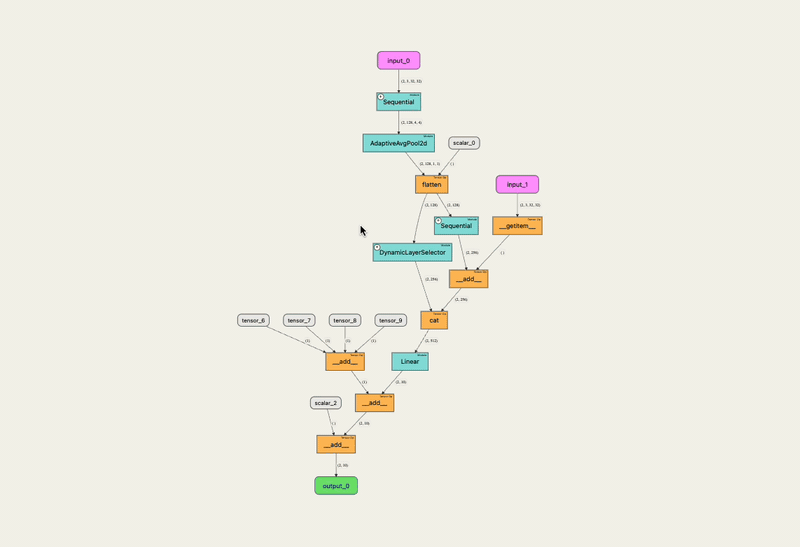Vector dynamics permeate various fields of science and technology, illustrating how direction and magnitude influence actions and processes. They are crucial not only in mathematics and physics but also in graphic design and cybersecurity. Understanding vectors helps us navigate through complex systems, whether calculating forces in motion or defending against digital threats. This exploration will shed light on the multifaceted nature of vectors and their applications.
What is a vector?
Vectors are quantities that comprise both magnitude and direction, serving as foundational elements in mathematics and physics. Their unique properties distinguish them from scalar quantities, which only possess magnitude. This distinction is vital in various applications, as vectors enable more sophisticated models of movement and force.
Definition of a vector
A vector is defined by two main components: magnitude and direction. Magnitude represents the size or length of the vector, while direction indicates where the vector points. These elements combine to define the vector’s behavior in different contexts, from physical movement to graphical representation.
Characteristics of vectors
- Magnitude: This refers to the numerical value representing the size of the vector. For example, in a velocity vector, the speed of the object denotes its magnitude.
- Direction: Direction signifies the vector’s orientation in space. For instance, a vector pointing north signifies a movement toward that specific geographic direction.
Examples of vectors
Vectors are found across numerous disciplines, providing critical insights into various phenomena.
Vectors in physics
In physics, vectors play a significant role in understanding the dynamics of motion.
- Velocity: This vector combines speed with direction, allowing for a complete understanding of movement.
- Momentum: Expressed as the product of mass and velocity, momentum is another vector that indicates how forcefully an object moves.
- Force: Forces are represented as vectors that indicate both the amount of push or pull and the direction in which it acts.
Vectors in other fields
Apart from physics, vectors can be observed in other sectors:
- Electromagnetic fields are represented by vectors showing the direction and strength of the field.
- Weight can also be treated as a vector quantity, revealing how gravitational forces act on an object.
Scalability and representation of vectors
Vectors can be represented through various techniques that highlight their properties.
Representation techniques
One common representation technique uses arrows to depict vectors visually.
- The tail marks the starting point of the vector.
- The head indicates the endpoint, which signifies the direction of movement.
Mathematical depiction of vectors
In a Cartesian coordinate system, vectors can be represented using coordinate pairs. For example, a vector that moves from (0,0) to (7,7) indicates a movement diagonally across the plane.
Operations related to vectors
Mathematics involving vectors opens up various operations that can be utilized for deeper analysis.
Vector manipulation
- Vector addition: This operation combines two or more vectors to form a resultant vector, effectively summarizing their combined effect.
- Vector subtraction: Here, one vector is removed from another, helping to find the resultant difference between them.
- Vector multiplication: There are various methods for multiplying vectors:
- Dot product: This method yields a scalar result, reflecting how parallel two vectors are.
- Cross product: Producing another vector, cross product measures the area of the parallelogram formed by two vectors and indicates a direction perpendicular to both.
Vectors in computer graphics
Vectors are integral to the world of graphics and design, offering precise control over images.
Graphical representation
In computer graphics, vectors are displayed in two or three dimensions, allowing for flexible and accurate rendering. The length and orientation of vectors dictate the scale and perspective of graphical elements.
Vector graphics explained
Vector graphics use mathematical equations to define shapes, resulting in images that are both scalable and resolute. Notable software for creating vector graphics includes:
- Adobe Illustrator
- CorelDraw
Benefits of using vector graphics
Working with vector graphics presents numerous advantages compared to their raster counterparts.
Advantages
- Flexibility and scalability: Vectors can be resized without losing image quality, making them ideal for logos and illustrations.
- Application development: Developers benefit from the efficiency of vector graphics in user interfaces.
- Animation: Vectors play a crucial role in motion graphics, allowing for smooth transitions and scaling.
- Engineering design: In CAD applications, vector graphics facilitate the creation of intricate designs with precision.
Comparison: vector vs. raster graphics
Understanding the differences between vector and raster graphics is essential for selecting the appropriate format for various projects.
Characteristics of raster graphics
Raster graphics are composed of pixels, making them ideal for photographic images. However, they face limitations:
- Scaling can lead to pixelation, diminishing image quality.
- Larger file sizes can result from high-resolution images, causing storage issues.
Software support for graphics formats
Many applications offer functionalities for both vector and raster graphics, allowing users to convert and manipulate formats effectively. Adobe Photoshop is widely recognized for its raster graphic capabilities, while programs like Adobe Illustrator excel in vector design.
Vectors in cybersecurity
In cybersecurity, the term vector also has significant relevance, particularly in the context of threats and attacks.
Understanding attack vectors
An attack vector refers to the methods used by cybercriminals to deliver malicious payloads. This understanding is crucial for developing defensive strategies.
Human attack vectors
Social engineering represents a human attack vector, where attackers exploit human psychology to gain unauthorized access or sensitive information.
Common types of attack vectors
Cybersecurity professionals must be aware of various methods employed by hackers, which include:
- Malware
- Email attachments
- Instant messaging
- Pop-up windows
Cybersecurity measures against vectors
To mitigate risks associated with attack vectors, robust cybersecurity measures are essential. Some measures include:
- Firewalls: Protecting networks by filtering traffic.
- Intrusion detection systems: Monitoring for suspicious activity.
- Antivirus software: Detecting and removing malware threats.

